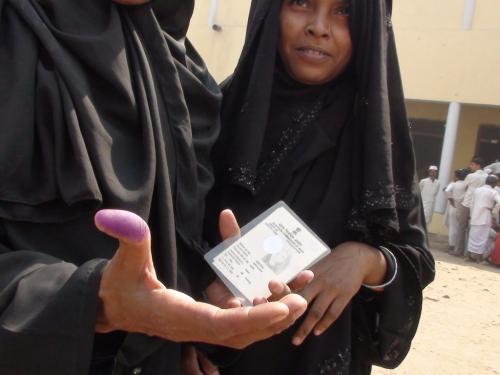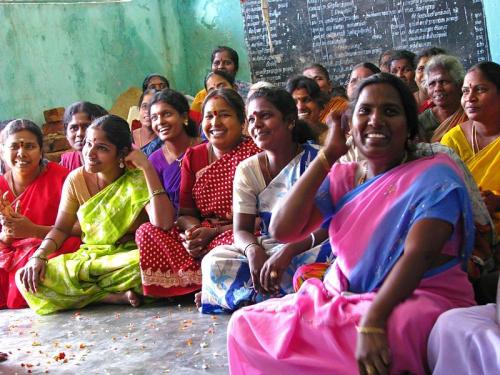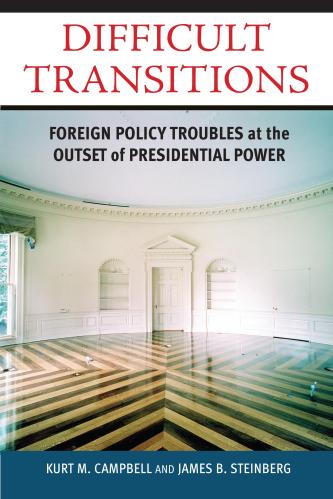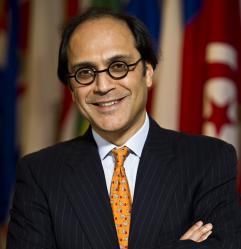Content from the Brookings Institution India Center is now archived. After seven years of an impactful partnership, as of September 11, 2020, Brookings India is now the Centre for Social and Economic Progress, an independent public policy institution based in India.
This article first appeared in the Harvard Business Review. The views are of the author(s).
We have all heard about a gap when it comes to participation of women in the tech industry. Facebook, Google, and Apple have 17%, 19% and 23% women in their technology staffs, respectively. Multiple surveys, such as the “The Elephant in the Valley,” have documented systematic discrimination against women. And there’s a continuous barrage of news stories regarding the challenges that women face across a raft of iconic Silicon Valley firms. No more than a quarter of U.S. computing and mathematical jobs are held by women, consistent with the data that around 26% of the STEM workforce in developed countries is female. In developing countries, those differences are even greater.
But the gender gap problem doesn’t stop there. There’s also a shortage of women using some of the industry’s products. The International Telecommunications Union reports that the proportion of women using the internet is 12% lower than the proportion of men; this gender gap widens to 32.9% in the least developed countries. And even when a woman gets on a phone or is online, she might face additional hostility. A World Wide Web Foundation report says “women around the world report being bombarded by a culture of misogyny online, including aggressive, often sexualized hate speech, direct threats of violence, harassment, and revenge porn involving use of personal/private information for defamation.”
To read more, please click here.
The Brookings Institution is committed to quality, independence, and impact.
We are supported by a diverse array of funders. In line with our values and policies, each Brookings publication represents the sole views of its author(s).










Commentary
Op-edHere’s how opening up the gender gap in internet usage would create opportunities for everyone
December 13, 2017